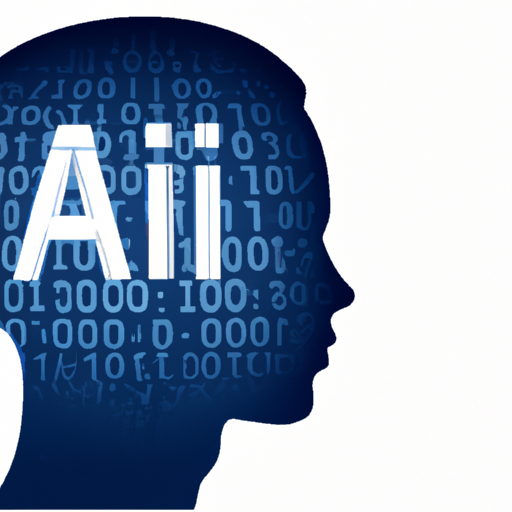In recent years, AI-generated content has emerged as a game-changer in the digital landscape, revolutionizing the way we create and consume information. From articles and blog posts to social media updates and marketing materials, artificial intelligence is proving to be an invaluable tool for content creators and marketers alike.
What is AI-Generated Content?
AI-generated content refers to text, images, or videos created by algorithms and machine learning models. These advanced systems can analyze vast amounts of data, understand context, and generate unique content that mimics human writing styles, making it increasingly difficult to distinguish between human-created and AI-generated content.
The Benefits of AI-Generated Content
- Efficiency: AI can produce high-quality content at an unprecedented speed, reducing the time and effort required for content creation.
- Scalability: Marketers can scale their content efforts without a proportional increase in costs, allowing for broader outreach and engagement.
- SEO Optimization: AI tools can analyze trends and keywords, helping businesses create optimized content that ranks higher on search engine results pages.
How AI is Reshaping Content Creation
The integration of AI in content creation is not without challenges. However, the advantages often outweigh the disadvantages, as AI-generated content allows for more personalized and targeted messaging. Here are some ways AI is reshaping content creation:
- Personalization: AI can analyze user behavior to create tailored content, delivering personalized experiences that boost engagement.
- Data-Driven Insights: AI tools can gather and interpret data to inform content strategies, helping businesses align their efforts with audience preferences.
- Quality Control: AI can assist in proofreading and editing, ensuring consistency and accuracy in content before publication.
The Future of AI-Generated Content
As technology continues to evolve, we can expect AI-generated content to become even more sophisticated. The potential applications are vast, ranging from automated news reporting to creative writing and beyond. However, ethical considerations will also play a significant role in how AI-generated content is developed and utilized.
It’s essential for businesses to balance the benefits of using AI with the need for originality and authenticity in their content.
Conclusion
AI-generated content is more than just a trend; it’s the future of content creation and digital marketing. Embracing this technology can provide businesses with a competitive edge, enabling them to produce high-quality, SEO-optimized content effortlessly. As we move forward, the challenge will be to harness the power of AI responsibly while ensuring that human creativity continues to shine through.













